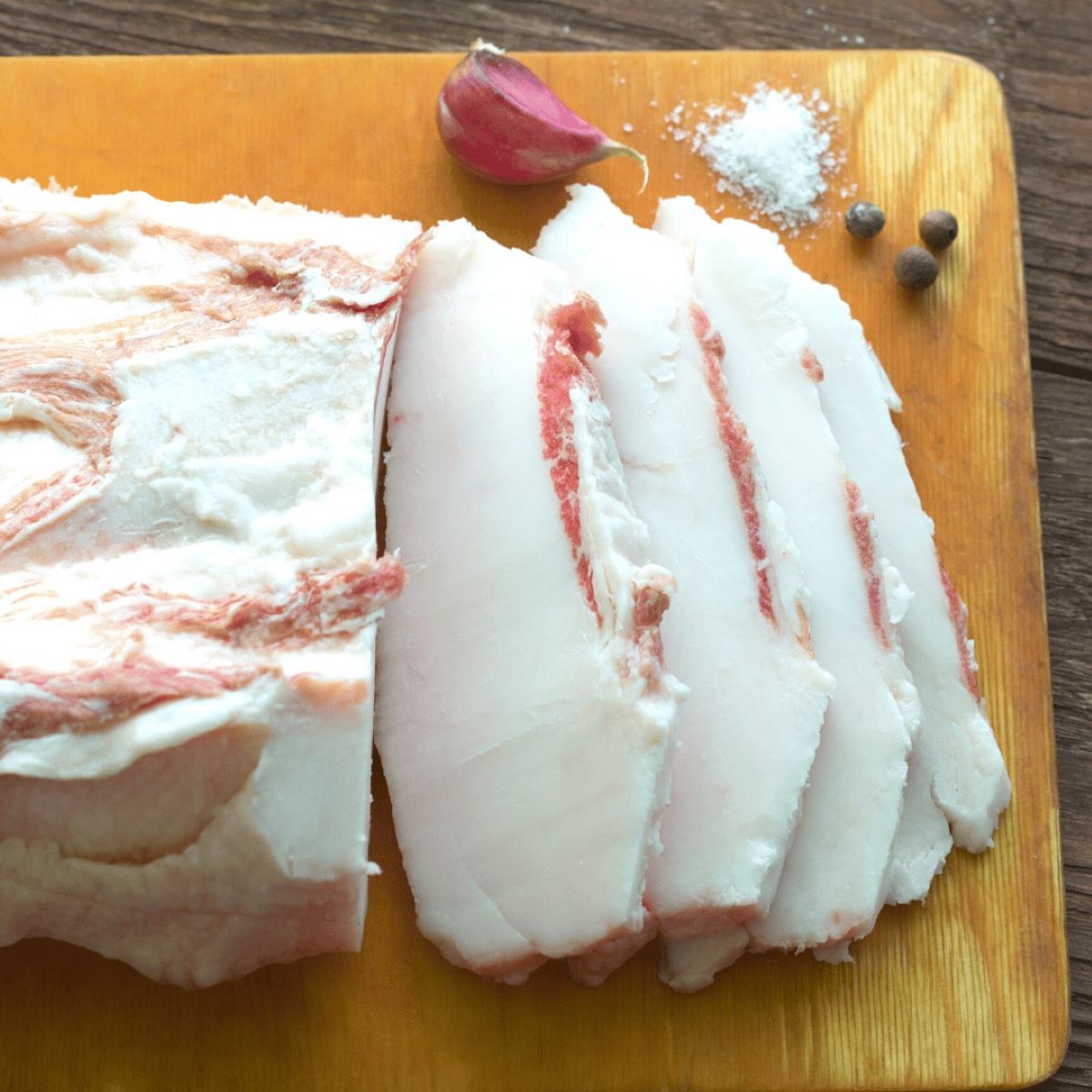

Articles
How To Store Pork Fat
Modified: January 6, 2024
Looking for tips on storing pork fat? Read our informative articles for the best methods and techniques.
(Many of the links in this article redirect to a specific reviewed product. Your purchase of these products through affiliate links helps to generate commission for Storables.com, at no extra cost. Learn more)
Introduction
When it comes to cooking with pork, there’s one ingredient that can add unmatched flavor and richness to dishes – pork fat. Whether you’re a professional chef or a home cook, pork fat is a valuable ingredient that shouldn’t be overlooked. But to ensure its long-term usability and freshness, proper storage techniques are essential.
In this article, we will explore the importance of proper pork fat storage and provide helpful tips and guidelines to ensure that your pork fat remains in optimal condition for future use.
Pork fat, also known as lard, has been widely used in culinary traditions around the world for centuries. It adds depth of flavor, improves texture, and enhances the overall taste of many dishes. From flaky pie crusts to crispy fried foods, pork fat is a versatile ingredient that can elevate the culinary experience.
However, if stored improperly, pork fat can degrade in quality, resulting in an unpleasant taste and potential health risks. To prevent this, it’s crucial to understand the proper methods of storing pork fat.
By following the right techniques, you can prolong the shelf life of pork fat and ensure that it remains safe for consumption. So, let’s delve into the world of pork fat storage and uncover the secrets to maintaining its quality.
Key Takeaways:
- Proper storage of pork fat is crucial to maintain its flavor, quality, and safety, ensuring it enhances culinary creations. Selecting high-quality fat, using suitable containers, and following best practices are key.
- Freezing pork fat is an effective way to extend its shelf life while maintaining flavor and quality. Properly preparing, portioning, and labeling the fat ensures convenient use and minimal waste.
Read more: How To Render Pork Fat In A Slow Cooker
Importance of Proper Pork Fat Storage
Proper storage of pork fat is essential for several reasons. Firstly, it helps maintain the quality and flavor of the fat, ensuring that it enhances your culinary creations rather than detracting from them. Secondly, it prevents spoilage and bacterial growth, reducing the risk of foodborne illnesses. Lastly, proper storage allows you to extend the shelf life of pork fat, minimizing waste and maximizing its usability.
Pork fat contains a high amount of unsaturated fats, which can easily oxidize and become rancid when exposed to light, air, and heat. By storing it properly, you can slow down the oxidation process and preserve the freshness of the fat for an extended period.
Improper storage can lead to the formation of off-flavors and odors, making the fat unfit for consumption. This can result in a waste of resources and negatively impact the taste and quality of your dishes.
Additionally, storing pork fat in the right conditions can prevent the growth of harmful bacteria, such as Salmonella and E. coli, that can cause foodborne illnesses. These bacteria thrive in warm and moist environments, so it’s crucial to keep pork fat stored at the appropriate temperature to minimize the risk of contamination.
Proper storage of pork fat also allows you to keep a stock of this valuable ingredient for future use. Whether you render and store the fat for later use or freeze it in convenient portions, having a supply of pork fat readily available can save you time and effort in the kitchen.
By understanding the importance of proper pork fat storage and implementing the appropriate techniques, you can ensure that your pork fat remains safe, flavorful, and ready to enhance your culinary creations whenever you need it.
Selecting and Preparing Pork Fat for Storage
When it comes to selecting pork fat for storage, it’s important to choose high-quality fat that is fresh and free from any signs of spoilage. Here are some tips to consider:
1. Look for fresh fat: Choose pork fat that is fresh, with a light color and firm texture. Avoid fat that has a grayish or yellowish hue, as it may indicate spoilage.
2. Consider the source: If possible, opt for fat from organic or pasture-raised pork. These sources tend to have superior flavor and a higher quality fat.
3. Trim excess connective tissue: Before storing, remove any excess connective tissue from the fat. This will help prevent the development of off-flavors and improve the overall quality of the stored fat.
Once you’ve selected the pork fat, it’s important to properly prepare it for storage. Here’s a step-by-step guide:
1. Clean and sanitize: Ensure that your hands, utensils, and storage containers are clean and sanitized before handling the pork fat. This reduces the risk of bacterial contamination.
2. Cut the fat into manageable pieces: Trim the fat into smaller, manageable pieces for easier storage. You can cut it into chunks or slices, depending on your preference.
3. Salt-cure the fat (optional): In some culinary traditions, salt-curing the pork fat before storage is a common practice. This helps to preserve the fat and adds flavor. To salt-cure, generously sprinkle coarse salt over all surfaces of the fat and let it sit in the refrigerator for a few hours or overnight. Rinse off the excess salt and pat dry before proceeding with storage.
4. Packaging the fat: For short-term storage, you can use airtight plastic containers or sealable plastic bags. Make sure to remove as much air as possible from the packaging to prevent oxidation. Alternatively, you can wrap the fat tightly in plastic wrap or aluminum foil.
5. Label and date: Don’t forget to label the packaging with the date of storage. This helps you keep track of the fat’s freshness and shelf life.
By selecting fresh, high-quality pork fat and properly preparing it for storage, you can ensure that your stored fat maintains its flavor and quality for future culinary endeavors.
Suitable Containers for Pork Fat
Choosing the right containers for storing pork fat is crucial in maintaining its quality and preventing contamination. Here are some suitable options:
1. Glass Jars: Glass jars with airtight lids are an excellent choice for storing rendered pork fat. They are easy to clean, non-reactive, and provide a good seal to prevent air and moisture from entering the container. Make sure to leave some headspace at the top to accommodate any expansion if freezing.
2. Freezer Bags: For freezing pork fat, sturdy freezer bags are a convenient option. Look for bags specifically designed for freezer use, as they are thicker and more durable. Remove excess air from the bags before sealing to prevent freezer burn. It’s a good idea to double-bag for added protection against freezer odors.
3. Vacuum-Sealed Bags: If you have a vacuum-sealer machine, vacuum-sealed bags can help extend the shelf life of pork fat. The vacuum-sealing process removes air, preventing oxidation and maintaining the freshness of the fat. This method is especially useful for long-term storage.
4. Plastic Containers: Airtight plastic containers with secure lids can be used for short-term storage of rendered pork fat. Look for containers made from food-grade plastic that won’t leach chemicals into the fat. Make sure the container is clean and dry before filling with fat. Avoid using containers that have held other strong-smelling foods, as fats can easily absorb odors.
5. Ceramic Crocks: Ceramic crocks or pots with lids can be used for storing large quantities of rendered pork fat. Make sure the crock is properly cleaned and thoroughly dried before use. These containers provide excellent insulation against light and help maintain a consistently cool temperature.
Whichever container you choose, always ensure that it is clean, dry, and airtight to prevent oxidation and contamination. Light, air, and moisture are the enemies of pork fat storage, so opt for containers that offer good protection against these factors.
Remember to label the containers with the date of storage to keep track of the fat’s freshness. Additionally, store the containers in a cool, dark place away from direct light and heat sources to extend the shelf life of the pork fat.
By using suitable containers for pork fat storage, you can maintain its quality and enjoy the delicious flavor it adds to your culinary creations.
Freezing Pork Fat
Freezing pork fat is an effective way to extend its shelf life and ensure that it remains in optimal condition for future use. When done correctly, freezing can preserve the flavor, texture, and quality of the fat. Follow these steps to freeze pork fat:
1. Preparing the Pork Fat: Before freezing, make sure to properly prepare the pork fat. Trim away any excess connective tissue or unwanted bits. Cut the fat into smaller, manageable pieces for easier handling and storage.
2. Portioning: Consider portioning the pork fat based on your cooking needs. It can be helpful to divide the fat into portion sizes that are convenient for the recipes you plan to use it in. This way, you can thaw only the amount you need without wasting any excess fat.
3. Wrapping: Wrap the portions of pork fat tightly in plastic wrap or aluminum foil. Be sure to cover all surfaces to prevent freezer burn and oxidation. Alternatively, you can use airtight freezer-safe bags or containers to package the fat. Remove as much air as possible from the packaging to minimize the risk of freezer burn.
4. Labeling: Clearly label the packages with the date of freezing. This will help you keep track of their freshness and ensure you use the oldest packages first.
5. Freezing: Place the wrapped or packaged pork fat in the freezer. It’s best to lay them flat to maximize storage space and to allow for even freezing. If using containers, leave some headspace to accommodate any expansion that may occur during freezing. For the best quality, freeze the fat as quickly as possible. Avoid overcrowding the freezer, as this can lead to slower freezing and potential temperature fluctuations.
6. Thawing: When you’re ready to use the frozen pork fat, transfer it to the refrigerator to thaw overnight. Slow thawing in the refrigerator allows for a gradual temperature change and helps preserve the quality of the fat. Avoid thawing at room temperature or using methods like hot water, as rapid thawing can compromise the texture and flavor of the fat.
It’s important to note that frozen pork fat can be stored for several months, but its quality gradually deteriorates over time. For the best flavor and texture, try to use the frozen fat within 3-4 months. If properly stored, it should still be safe to consume beyond this timeframe, but the flavor may not be as optimal.
By following these steps, you can successfully freeze pork fat and have it readily available for your cooking needs, maintaining its quality and flavor for future culinary delights.
Store pork fat in an airtight container in the refrigerator or freezer. It can be kept in the refrigerator for up to 3 months and in the freezer for up to a year.
Read more: How To Store Fat Quarters
Rendering Pork Fat
Rendering pork fat is the process of melting the fat to extract the desirable drippings, also known as lard. This rendered fat can be used in various cooking applications, adding richness and flavor to dishes. Here are the steps to render pork fat:
1. Choose the Right Fat: Select pork fat that is fresh, preferably with a higher proportion of pure fat and minimal lean tissue. Fatback, the thick layer of fat from the back of the pig, is commonly used for rendering.
2. Preparation: Start by cutting the pork fat into small cubes or thin slices, around 1-inch in size. This will help the fat melt more evenly and quickly during the rendering process. Remove any excess connective tissue or undesirable bits from the fat.
3. Heat the Fat: Place the pork fat in a heavy-bottomed pan or skillet over low to medium heat. As the heat gradually rises, the fat will begin to melt and release its drippings. It’s important to use low heat to prevent scorching or burning the fat.
4. Stir Occasionally: Stir the fat occasionally to ensure even melting and prevent it from sticking to the bottom of the pan. This will also help distribute the heat and prevent any hot spots that can cause uneven rendering.
5. Continue Rendering: Allow the fat to continue rendering until it has completely melted, and the solids (cracklings) have turned golden brown and crispy. This process can take several hours, depending on the amount of fat being rendered. Patience is key to achieve the desired results.
6. Straining the Drippings: Once the fat has rendered and the cracklings are crispy, carefully strain the hot fat through a fine-mesh sieve or cheesecloth-lined strainer. This will separate the liquid fat from the solid cracklings, collecting the golden drippings in a separate container.
7. Discard or Use the Cracklings: The crispy cracklings can be enjoyed as a delicious snack or used as a garnish for soups, salads, or other dishes. Understand that they have a different texture and taste compared to the rendered fat.
The rendered pork fat, or lard, can be used in a variety of culinary applications. It can be used to fry foods, as a cooking fat in various recipes, or as an ingredient in pastries and baked goods. The flavor and richness of the lard can enhance the taste and texture of your dishes.
Remember to store the rendered pork fat in suitable containers and follow proper storage guidelines to maintain its freshness and quality for future use.
Rendering pork fat not only provides you with a versatile cooking ingredient, but it also allows you to make the most of this valuable resource, reducing waste and adding delicious flavor to your culinary creations.
Storing Rendered Pork Fat
Once you have rendered pork fat, it’s important to store it properly to maintain its freshness and quality for future use. Here are some guidelines for storing rendered pork fat:
1. Cool and Strain: Allow the rendered pork fat to cool slightly after straining out the cracklings. This will help reduce condensation and moisture when storing. Straining the fat ensures that there are no solids or impurities present, which can contribute to spoilage.
2. Choose Suitable Containers: Select clean, airtight containers for storing the rendered pork fat. Glass jars with tight-fitting lids or food-grade plastic containers work well. Ensure that the containers are thoroughly cleaned and dried before filling them with the fat.
3. Portioning: Consider portioning the rendered pork fat based on your cooking needs. Portioning allows you to thaw only the amount you require, rather than thawing the entire quantity each time. This helps to minimize waste and extend the shelf life of the remaining fat.
4. Label and Date: It’s important to label the containers with the date of storage. This will help you keep track of the freshness of the rendered pork fat. Use a permanent marker or adhesive labels to clearly mark the date on each container.
5. Storage Location: Store the rendered pork fat in a cool, dark place away from direct light and heat sources. Light and heat can cause the fat to oxidize and spoil more quickly. A pantry or a cool cabinet in the kitchen is often a suitable location for short-term storage.
6. Refrigeration or Freezing: Depending on how soon you plan to use the rendered pork fat, you have the option to store it in the refrigerator or freezer.
– Refrigeration: If you intend to use the fat within a few weeks, store it in the refrigerator. Keep in mind that refrigerated pork fat may solidify and become harder to spoon out, but it will soften quickly at room temperature or with gentle heat. Check the fat periodically for any signs of spoilage, such as off-smell or discoloration.
– Freezing: For longer-term storage, freezing is the best option. Transfer the rendered pork fat into freezer-safe containers or airtight freezer bags. Make sure to remove as much air as possible to prevent freezer burn. Frozen pork fat can be stored for several months, maintaining its quality and flavor.
Remember that the quality of rendered pork fat deteriorates over time. It’s best to use it within 6-12 months for the best flavor and freshness. However, if properly stored and handled, it should still be safe to consume beyond this timeframe.
By following these storage guidelines, you can ensure that your rendered pork fat remains in top condition, ready to enhance the flavors of your favorite recipes whenever you need it.
Best Practices for Pork Fat Storage
To ensure the long-term freshness and quality of pork fat, it’s important to follow some best practices for proper storage. By implementing these practices, you can maximize the shelf life and flavor of the fat. Here are some key guidelines to consider:
1. Keep it Cool: Pork fat should be stored in a cool environment, preferably below 70°F (21°C). Excessive heat can cause the fat to become rancid quickly. Avoid storing pork fat near stoves, ovens, or other sources of heat, as this can accelerate oxidation and spoilage.
2. Shield it from Light: Light exposure can also lead to the degradation of pork fat. UV rays can cause the fat to become rancid and develop off-flavors. Store pork fat in opaque containers or keep it in a dark cupboard or pantry to protect it from light.
3. Minimize Air Exposure: Exposure to air can accelerate the oxidation process, leading to the deterioration of pork fat. To minimize air exposure, ensure that storage containers are airtight and remove as much air as possible before sealing. For long-term storage, consider vacuum-sealing the fat to further prevent oxidation.
4. Avoid Moisture: Moisture can contribute to the growth of bacteria and mold, leading to spoilage. Make sure the pork fat is completely dry before storing it. Additionally, if you plan to freeze the fat, wrap it tightly to prevent ice crystals from forming, which can affect the texture and quality of the fat.
5. Check for Spoilage: Regularly inspect your stored pork fat for any signs of spoilage. This includes off-odors, discoloration, or the presence of mold. If you notice any of these signs, discard the fat immediately to avoid any potential health risks.
6. Rotate Stock: If you have multiple containers of pork fat, practice a first-in, first-out principle. This means using the oldest batch of pork fat first to ensure that you are consuming it before it reaches its expiration date. Properly label and date each container to keep track of its freshness.
7. Consider Rendering Fresh Fat: If you have a large quantity of fresh pork fat, consider rendering it in smaller batches rather than storing it raw. Rendering fat helps to preserve it and prolong its shelf life. This way, you can ensure the quality of the fat and have a freshly rendered supply on hand.
By following these best practices, you can maintain the freshness, flavor, and quality of pork fat for an extended period. Proper storage techniques are essential to ensure that the fat enhances your culinary creations and remains safe for consumption.
Conclusion
Proper storage of pork fat is essential to maintain its flavor, quality, and safety. Whether you’re rendering your own fat or purchasing it, following the right practices for storage can make a significant difference in the longevity and usability of this valuable cooking ingredient.
By selecting fresh, high-quality pork fat and preparing it correctly for storage, you lay the foundation for long-lasting flavor and optimal cooking results. Choosing suitable containers, whether it’s glass jars, freezer bags, or ceramic crocks, provides the necessary protection against oxidation and contamination.
Whether you opt to refrigerate or freeze the fat depends on your cooking needs and the desired shelf life. Freezing is an excellent option for long-term storage, while refrigeration works well for shorter periods. By portioning the fat and labeling containers with the date of storage, you can efficiently manage your pork fat stock and maintain its freshness.
Remember to follow best practices such as keeping the fat cool and shielded from light, minimizing air exposure, and regularly checking for signs of spoilage. By implementing these guidelines, you ensure that the pork fat remains safe, flavorful, and ready to enhance your culinary creations whenever you need it.
Proper storage of pork fat not only ensures its usability but also contributes to reducing waste. By maximizing the shelf life of pork fat, you can make the most of this valuable ingredient and minimize unnecessary disposal.
In conclusion, whether you use pork fat for frying, flavoring, or baking, taking the time to store it properly enhances your cooking experience. Maintaining the freshness, quality, and safety of pork fat through proper storage practices allows you to unlock its full potential as a flavorful and versatile cooking ingredient for many delicious dishes to come.
Frequently Asked Questions about How To Store Pork Fat
Was this page helpful?
At Storables.com, we guarantee accurate and reliable information. Our content, validated by Expert Board Contributors, is crafted following stringent Editorial Policies. We're committed to providing you with well-researched, expert-backed insights for all your informational needs.
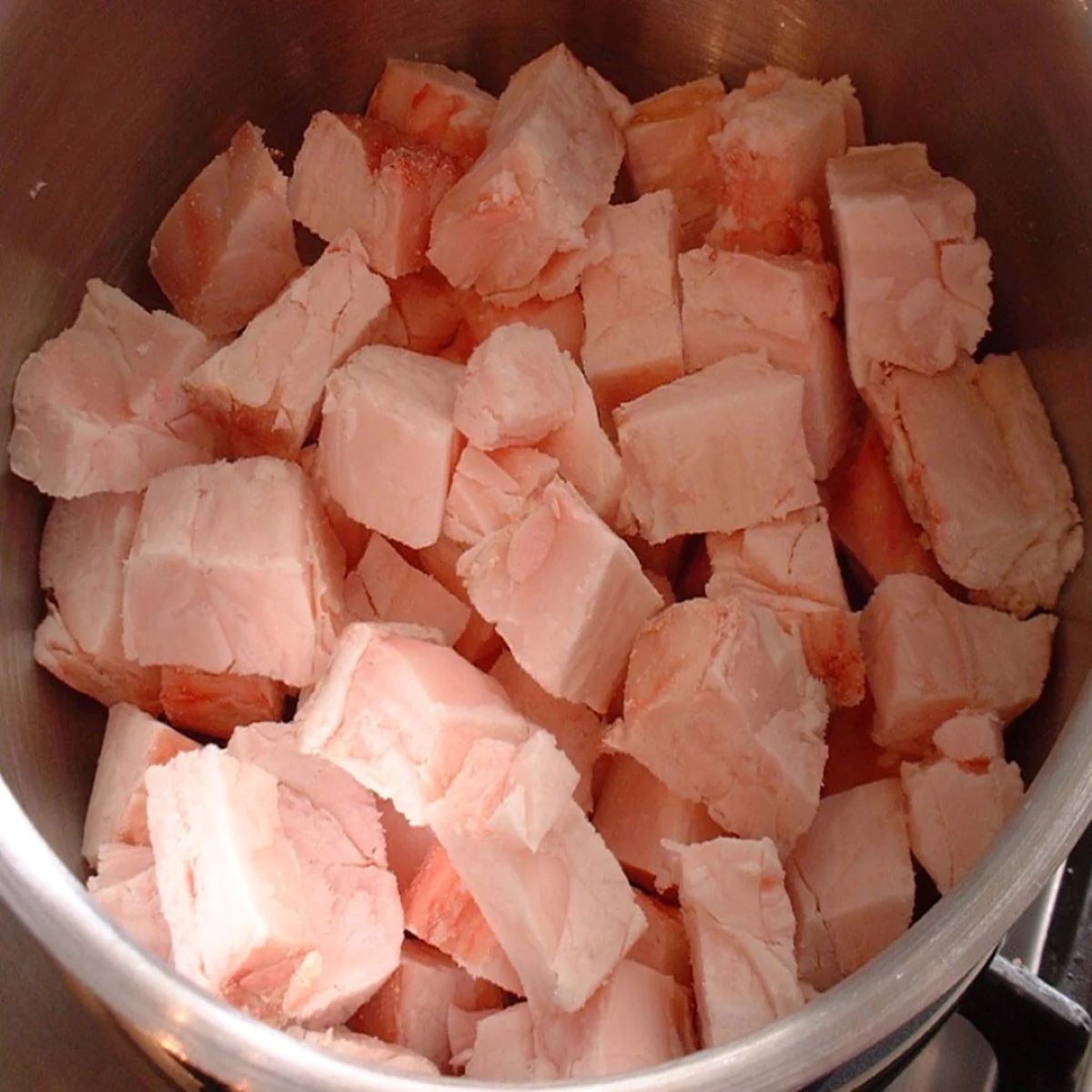
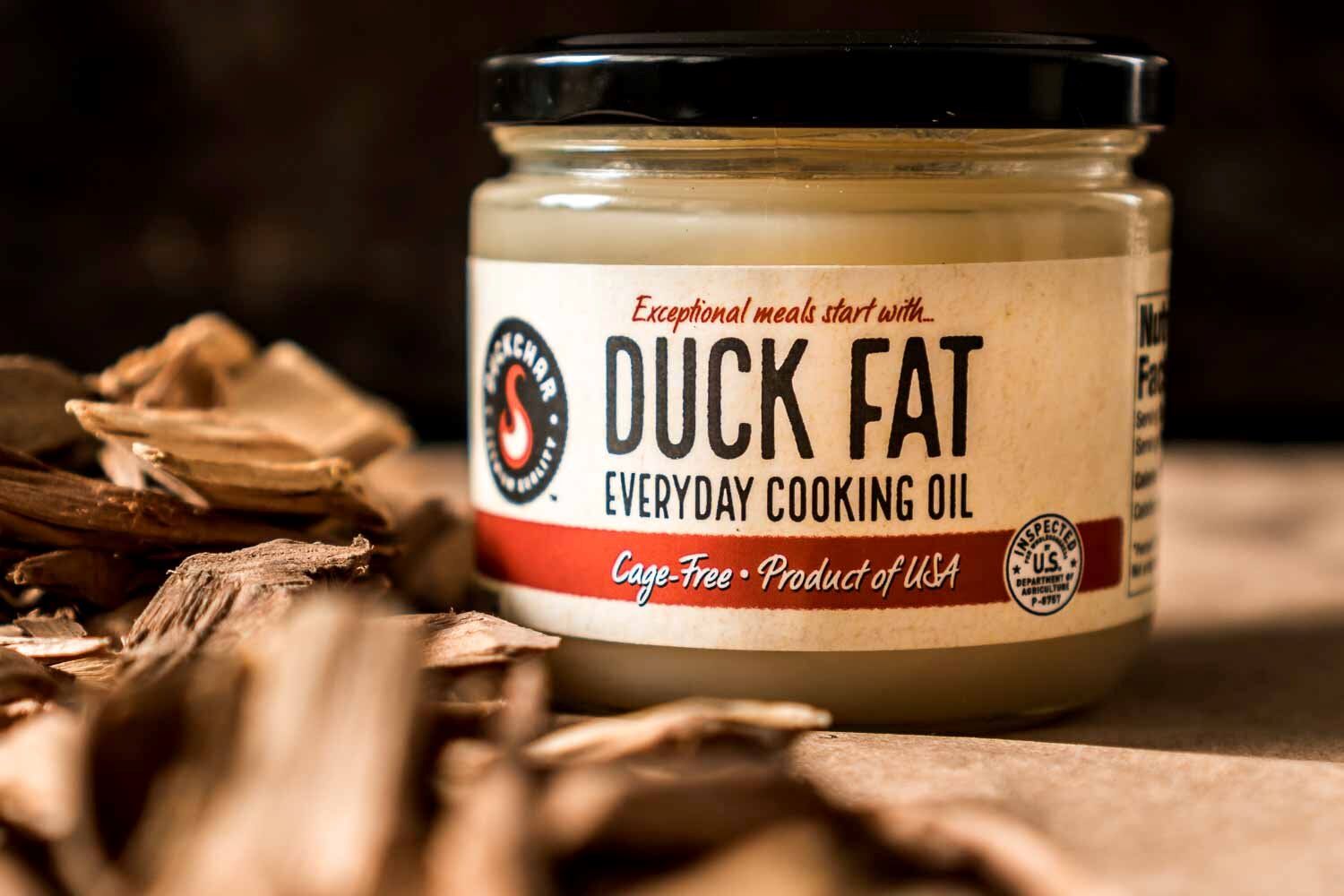
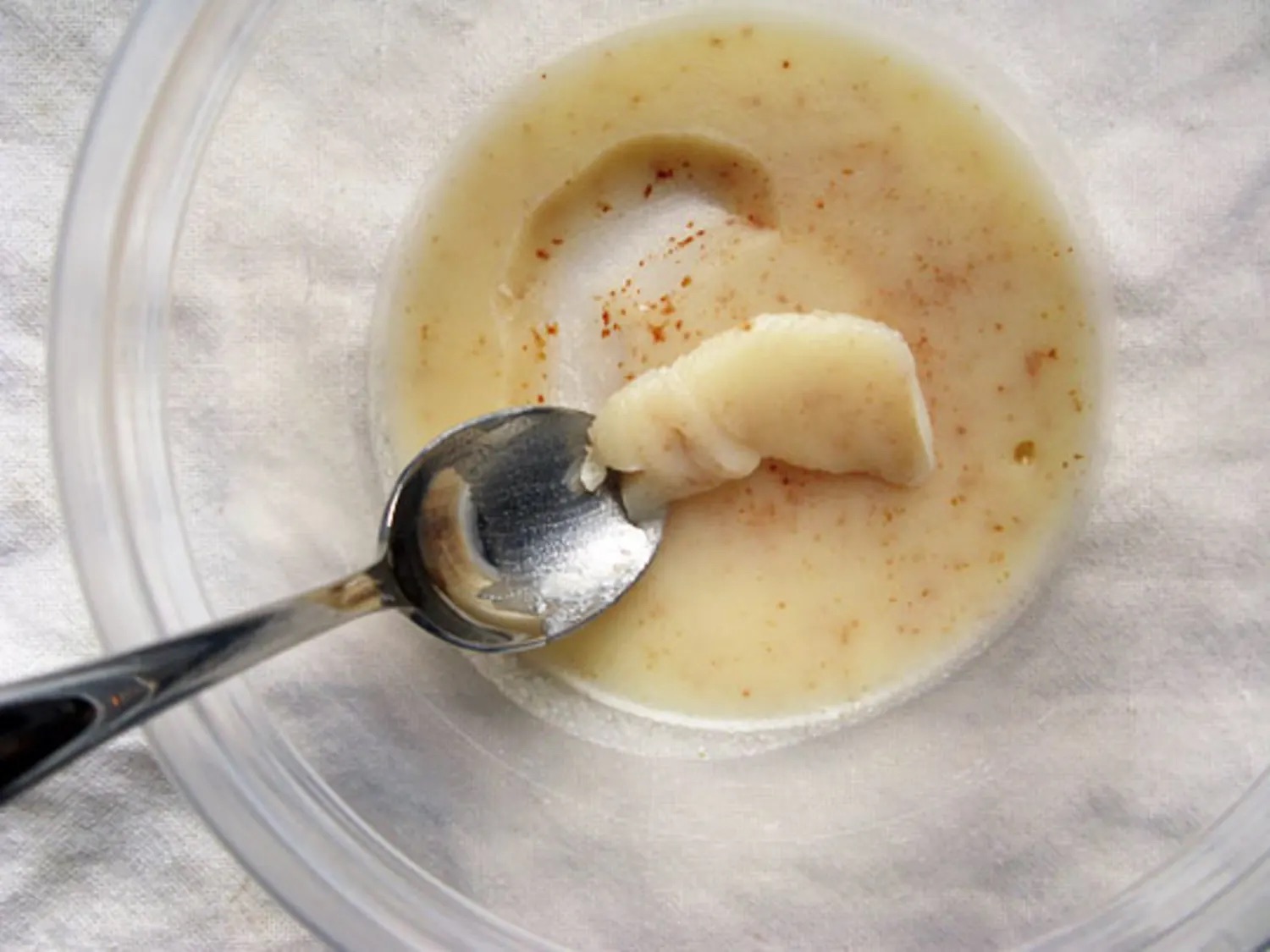

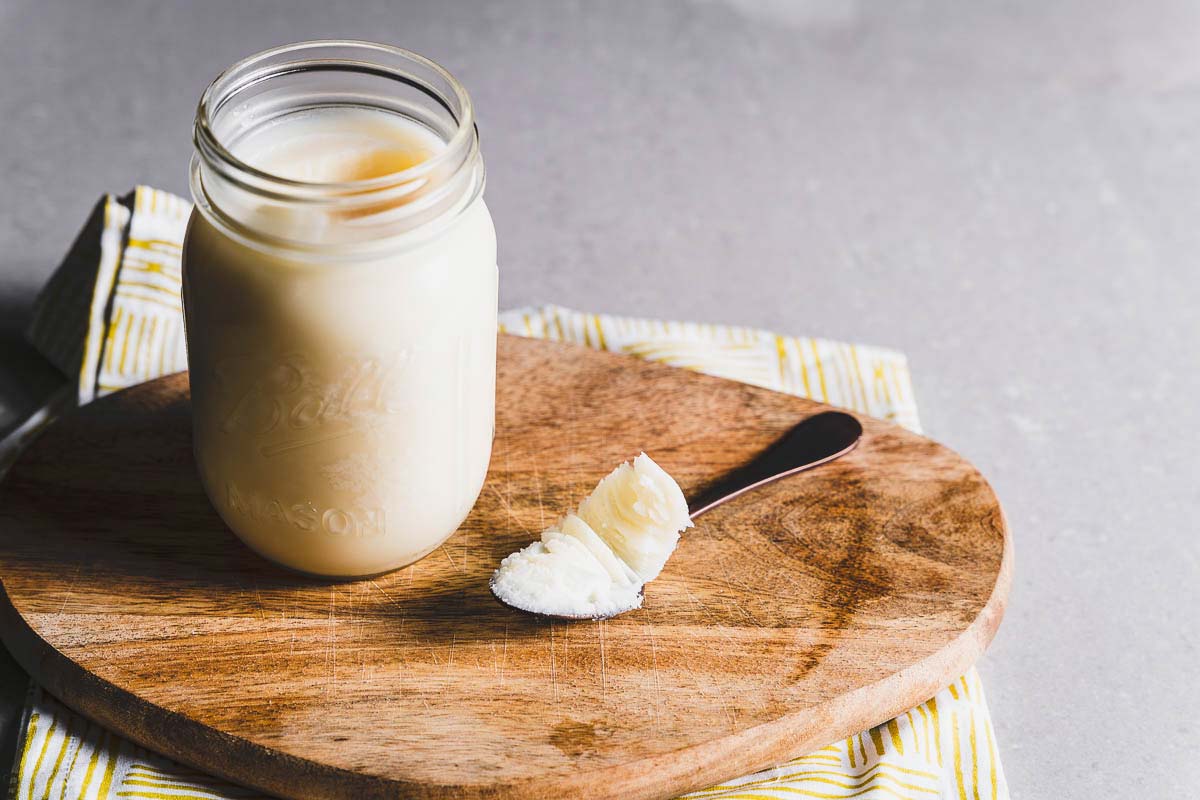
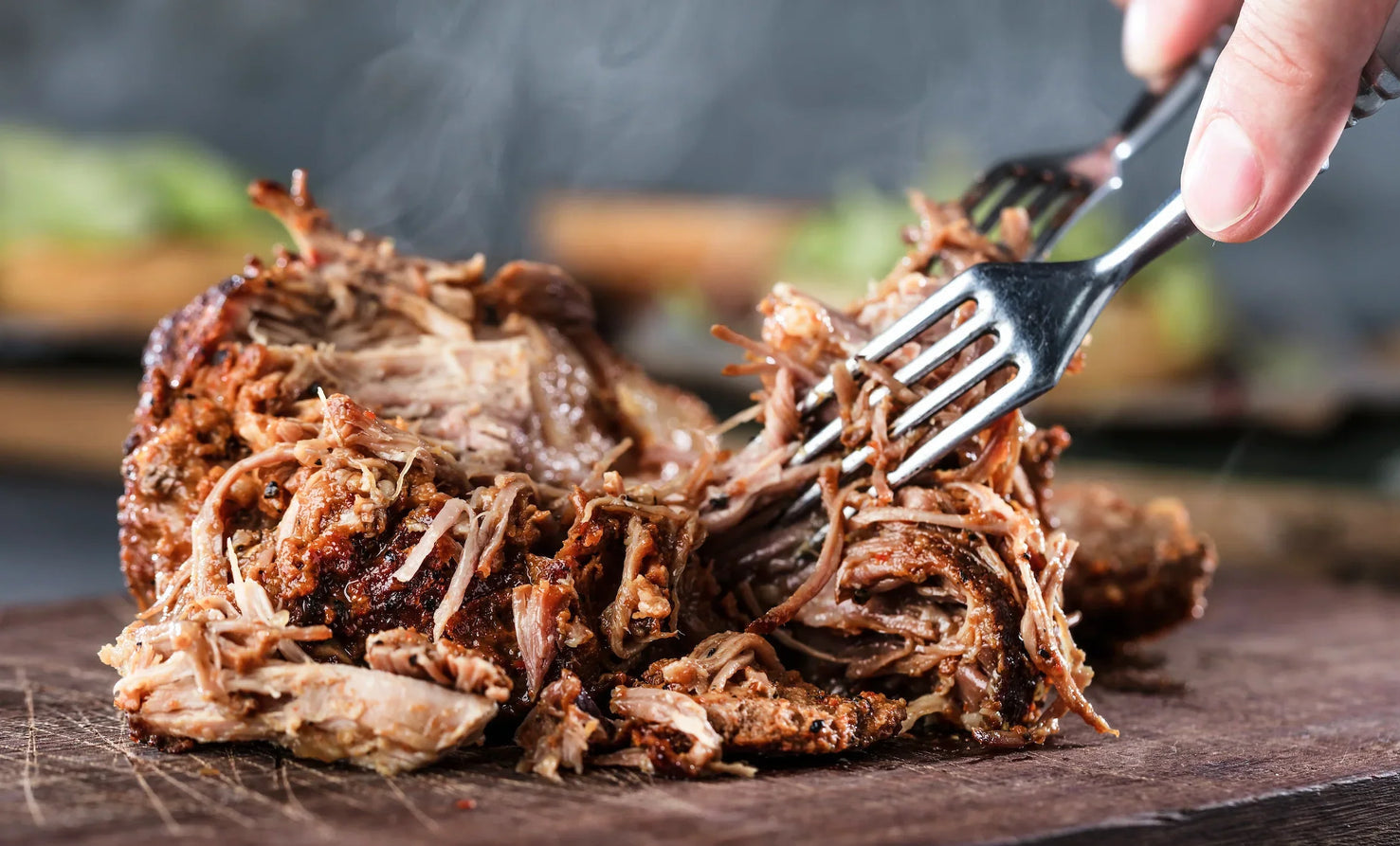
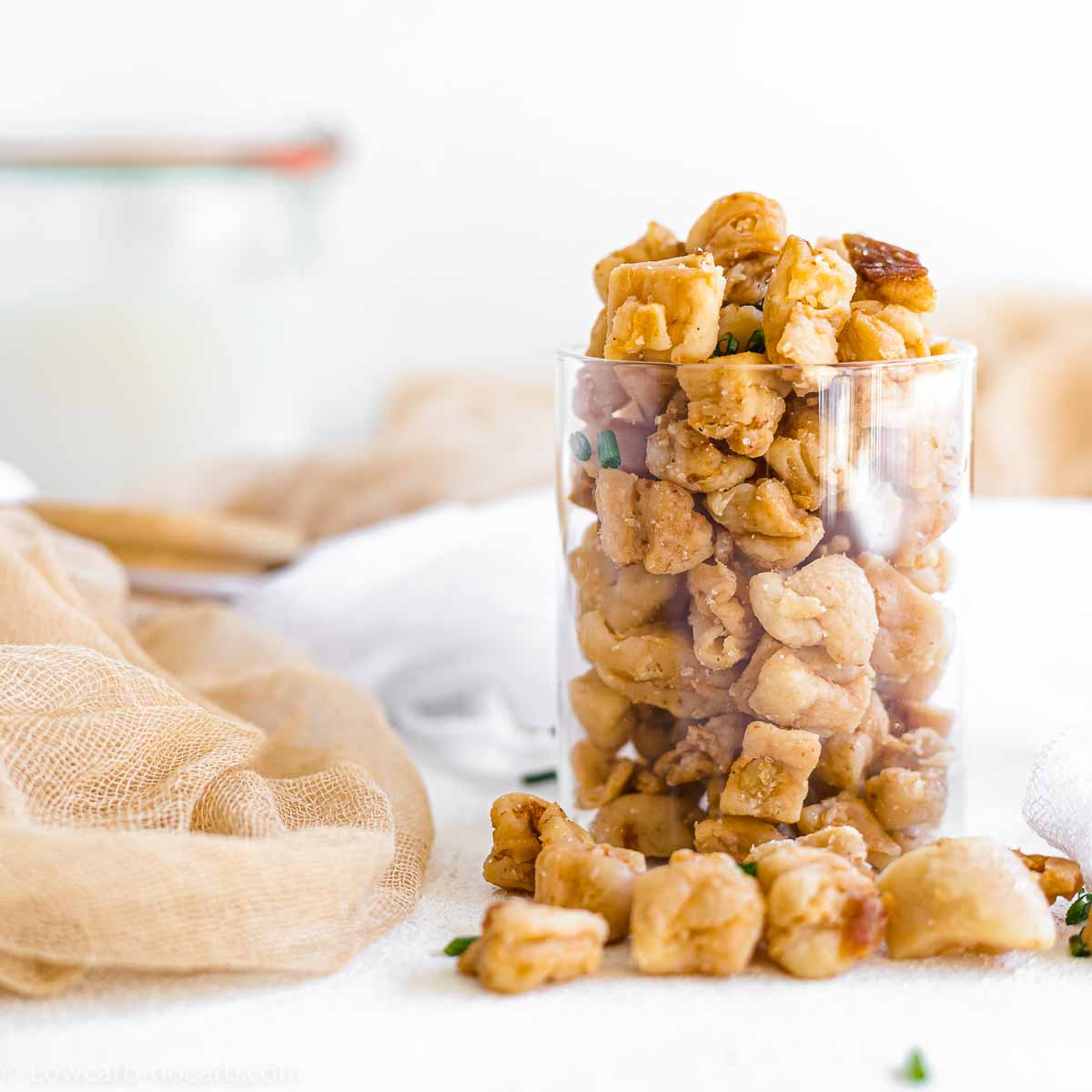
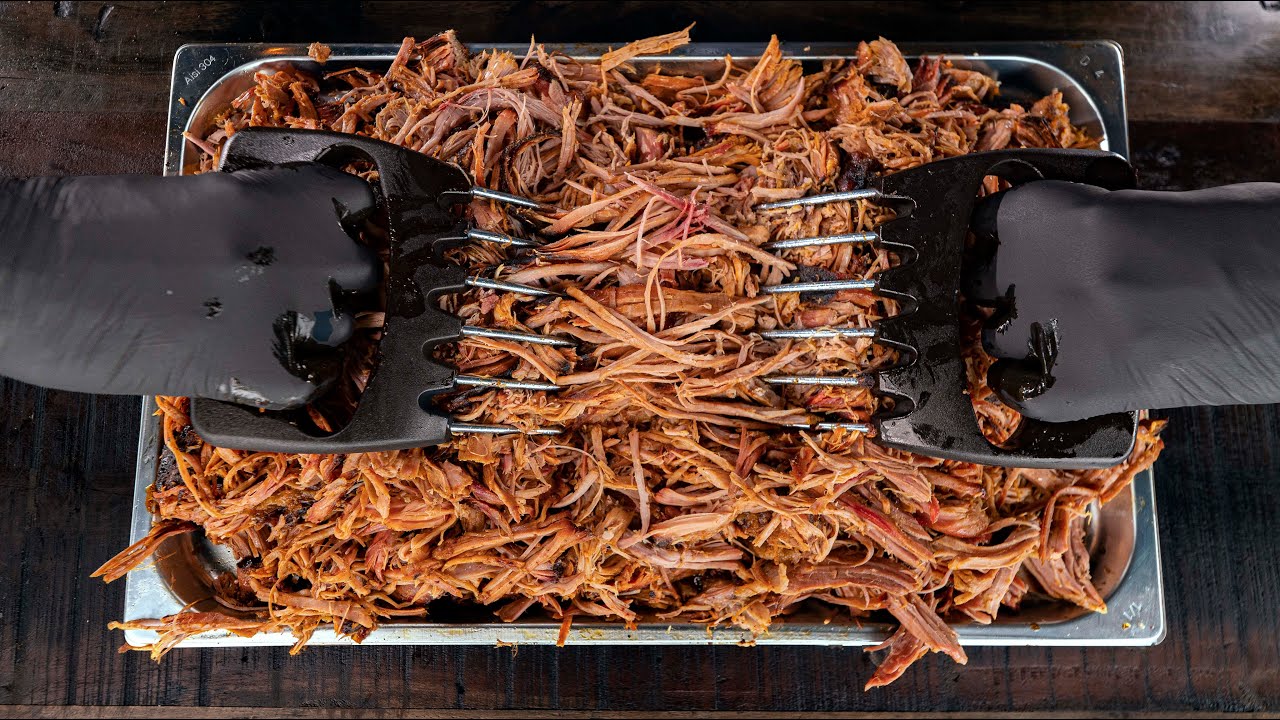
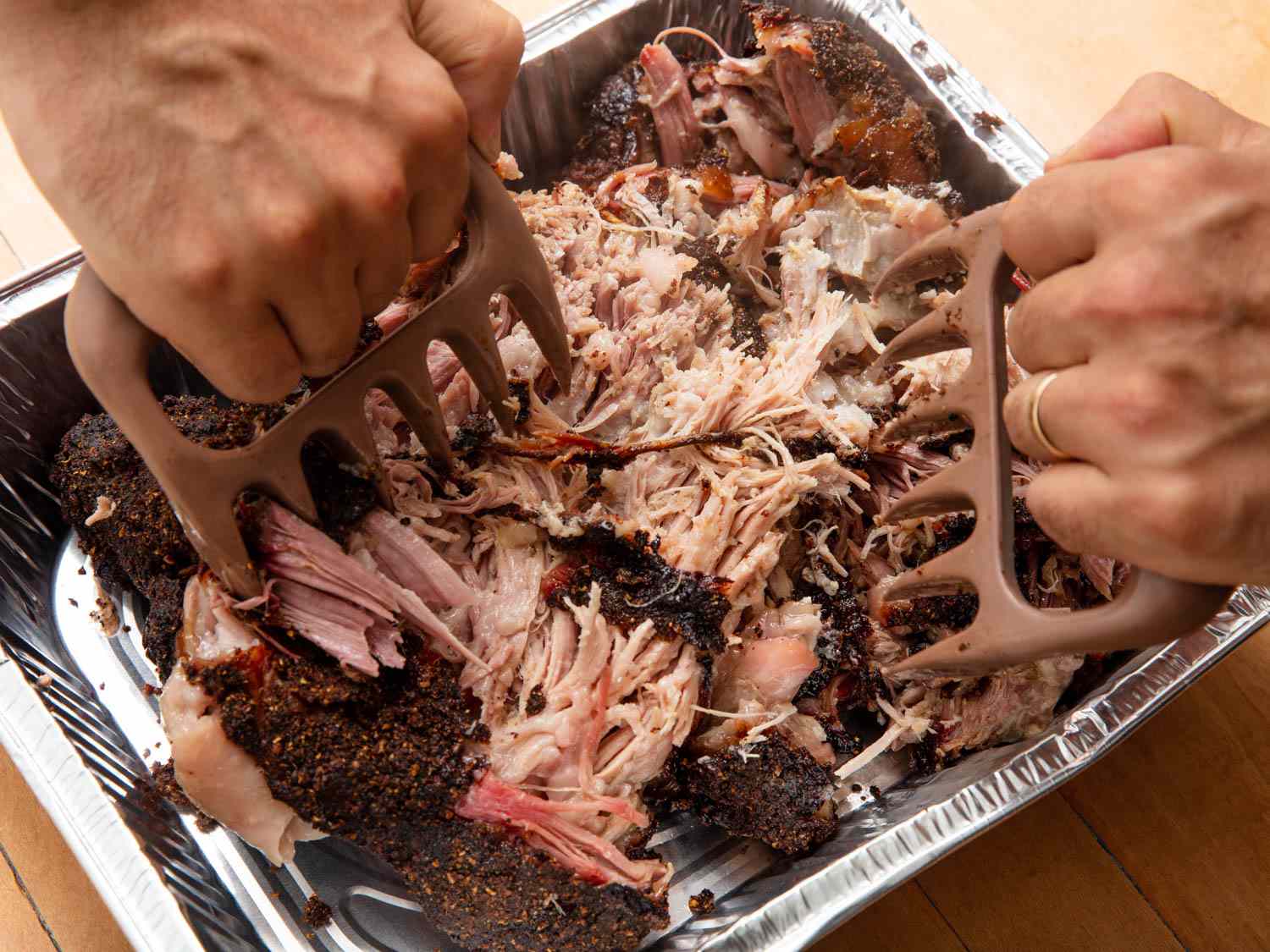
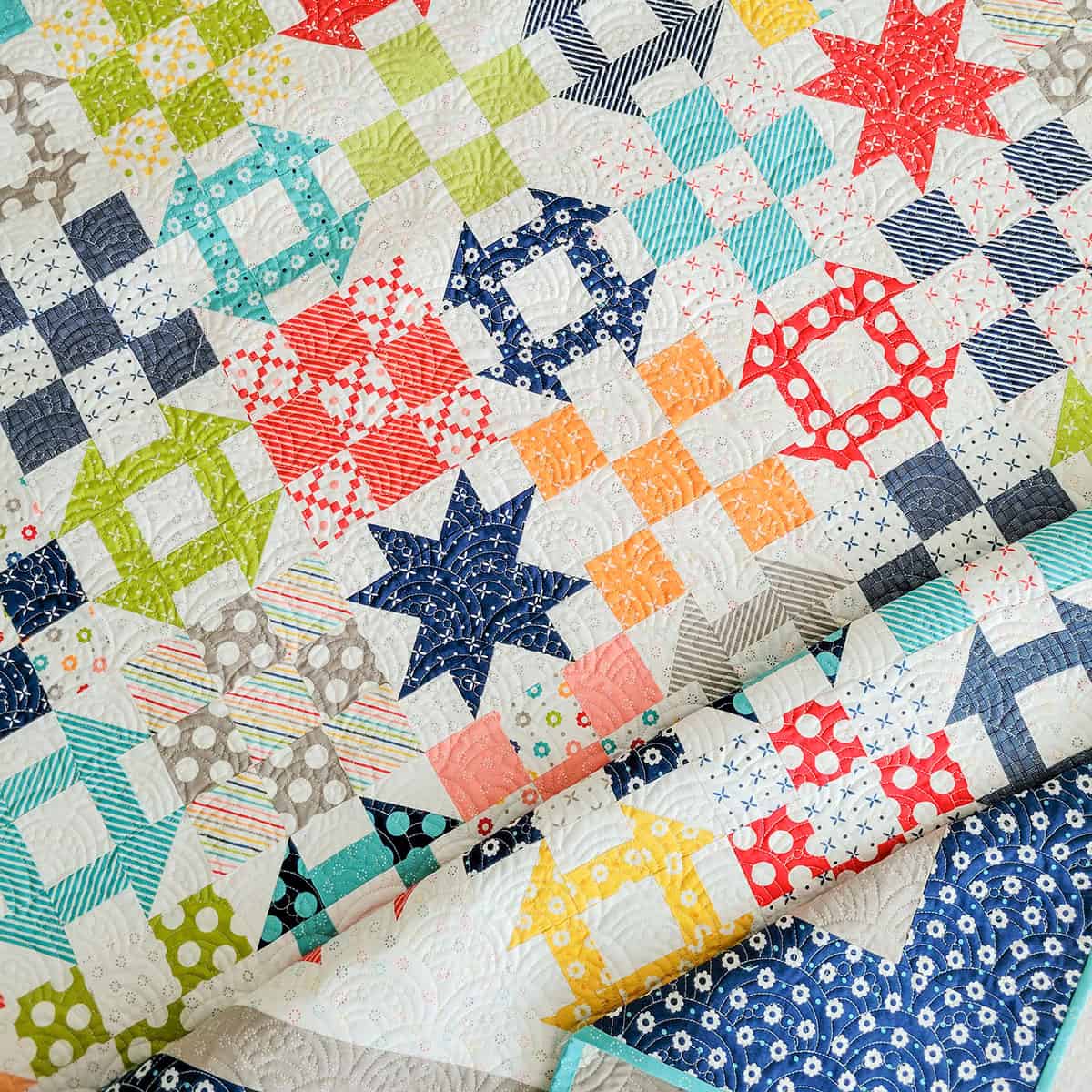
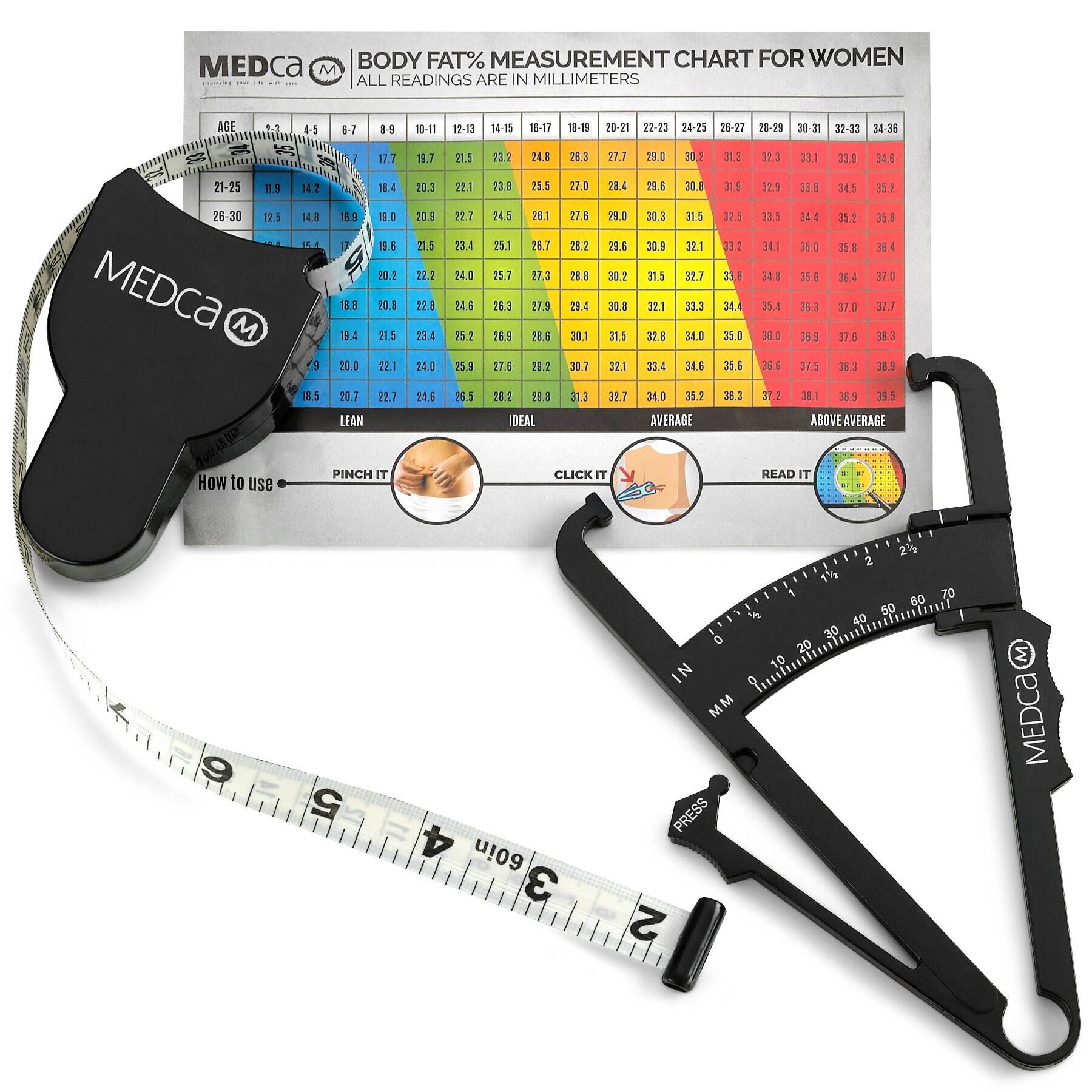
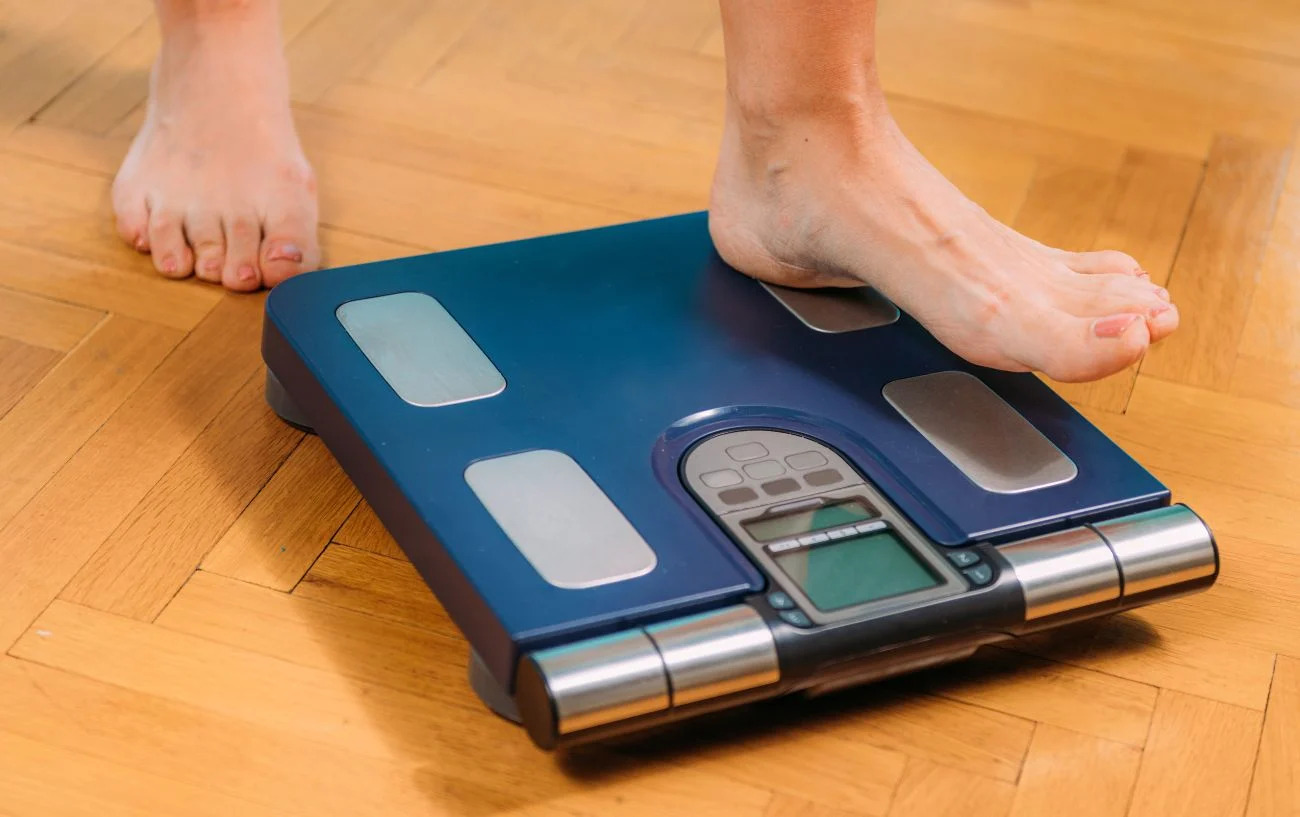

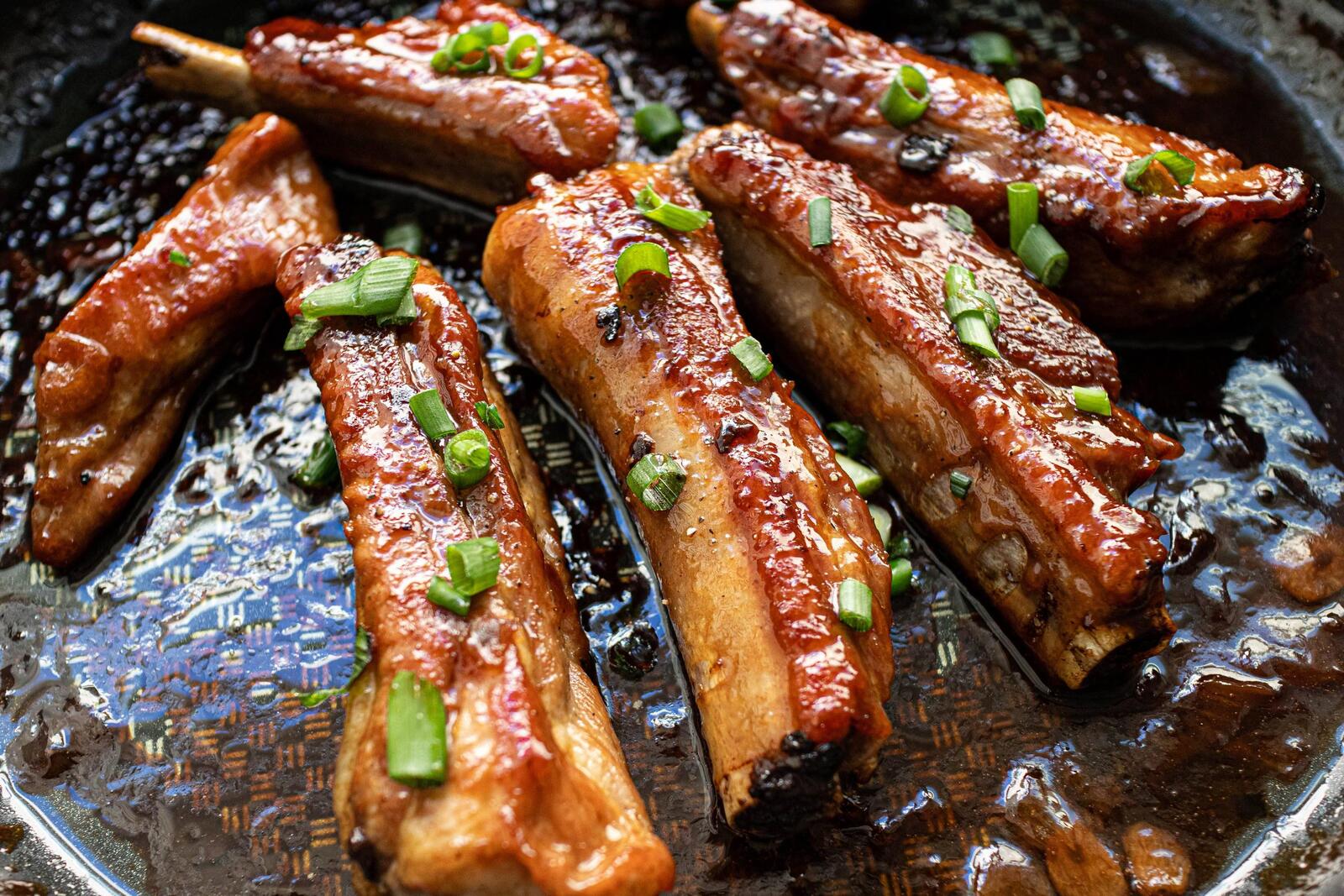

0 thoughts on “How To Store Pork Fat”